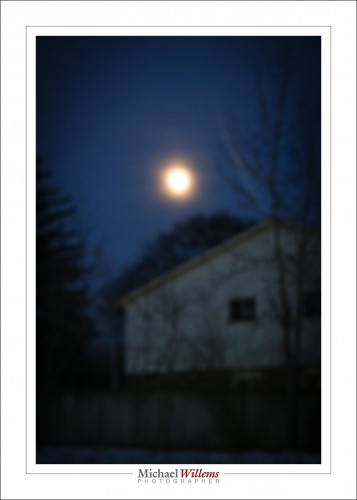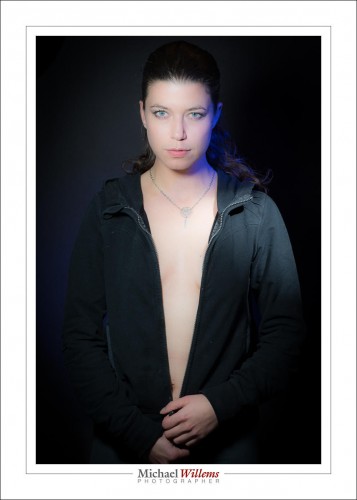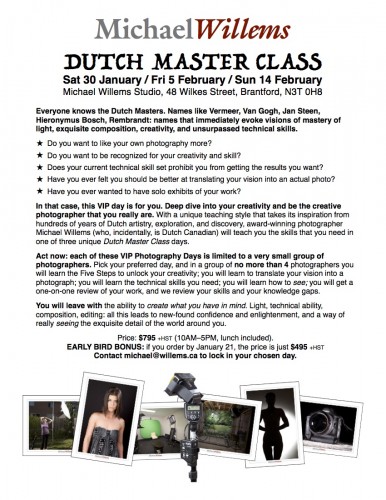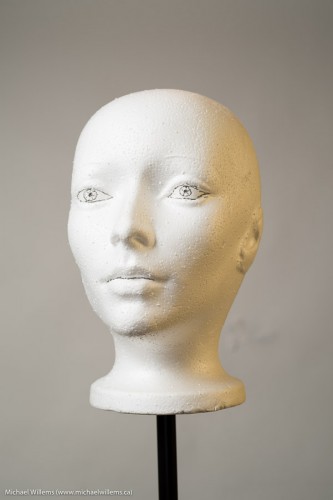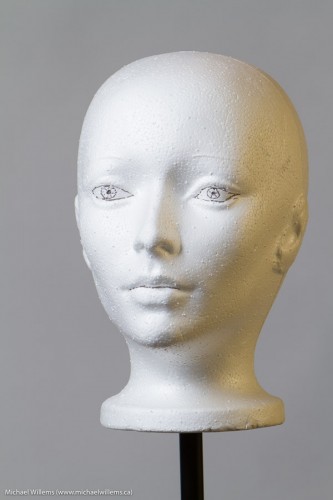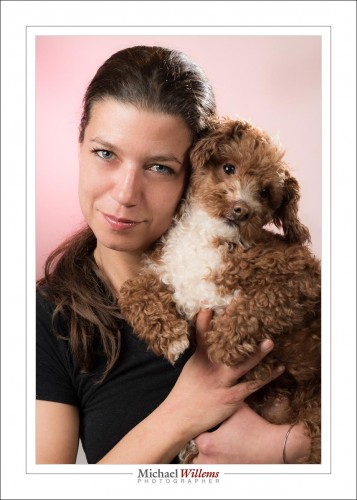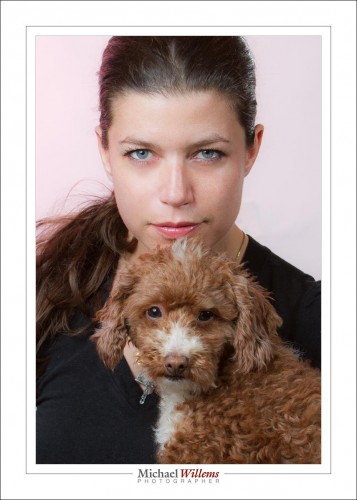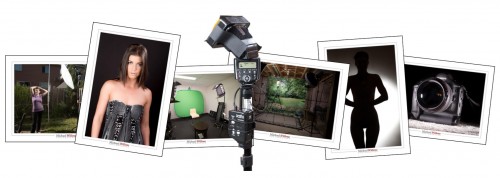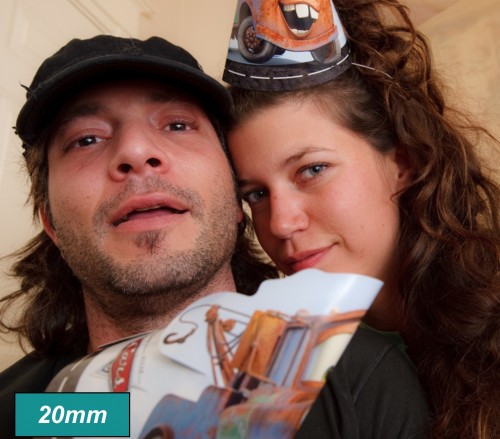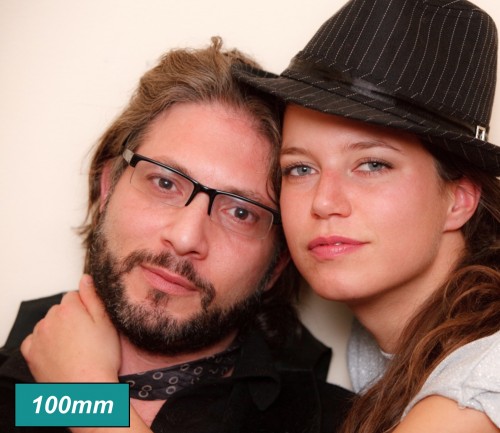As you’ve heard me say many times: turn on the xml file option in Adobe Lightroom “catalog settings”.
Look it up: “save settings to xmp”. That allows Lightroom to save all edits you do into a separate XML file. That gives you some redundancy, in case your catalog file somehow gets corrupted. And that is important, because the catalog IS Lightroom. And if you are a serious photographer, that means that the catalog is your life.
So I just noticed something that I never noticed before: this does not work for jpg pictures. It only works for raw pictures. So if your catalog gets corrupted and you shoot jog: you’re out of luck. Unless yin make daily backups. Which I hope you do.
But the main take-away from this? Shoot raw. Now you have yet anoth reason to do so.

